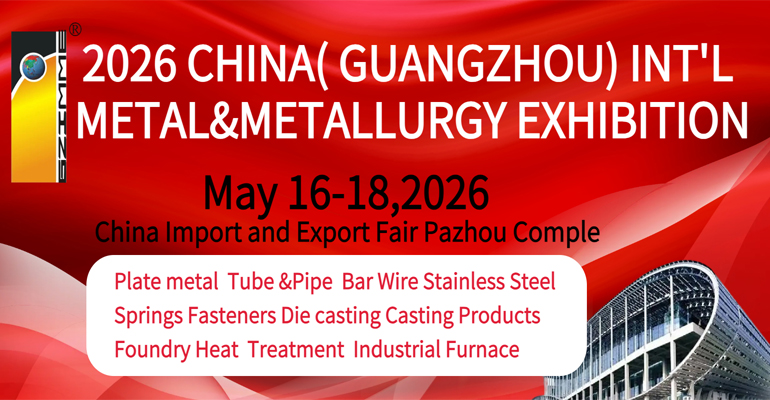Japanese metals giant Nippon Steel has developed a new type of stainless steel designed to better withstand contact with liquefied hydrogen, with an eye on the growing market for hydrogen refueling stations in Japan.
The company has already started preliminary shipments of the material to certain players in the country, and plans to launch full-scale sales to hydrogen station operators in and outside of Japan during the current fiscal year ending in March 2024.
“We have already received inquiries from abroad,” a company representative said.
Steel typically becomes brittle when it absorbs hydrogen. Nippon Steel has previously succeeded in creating an alloy that can resist damage when exposed to hydrogen in its gas form by tweaking the content of chromium, manganese and other components.
Hydrogen is usually shipped as a gas in Japan to refueling stations, where it is compressed for use in fuel-cell vehicles (FCVs) and other applications. High-pressure hydrogen is passed through metal pipes in the process, during which any cracks could lead to leaks.
Nippon Steel has further adjusted the composition of the steel with its latest product to prevent cracking even when exposed to liquefied hydrogen, which is colder.
Only a limited number of stations are currently equipped to accept liquefied shipments. But liquefied hydrogen is expected to become more commonly used in the future, since it takes up just one-800th the volume of hydrogen gas. Steel components that can withstand exposure to lower temperatures are expected to help pave the way.
The Japanese government is aiming for 1,000 hydrogen refueling stations nationwide by 2030. The low current tally of around 160 is due largely to the slow adoption of FCVs.
Increased shipments of liquefied hydrogen, made possible by materials like Nippon Steel’s, could also help accelerate the construction of new stations in Japan.
Yet Japanese demand for steel on the whole is expected to shrink along with the country’s declining population. Nippon Steel plans to reduce the number of its blast furnaces to 10 from 15 by the end of fiscal 2024, cutting its production capacity for crude steel by around 20pct.
Steelmakers are instead raising prices and focusing more on high value-added products to bolster profits.
The pivot comes as the industry also moves towards decarbonization, an effort expected to require an investment of 10 trillion yen by 2050. Steelmakers face pressure to boost their earnings potential by focusing on emerging fields to cover the heavy costs of reducing emissions.


